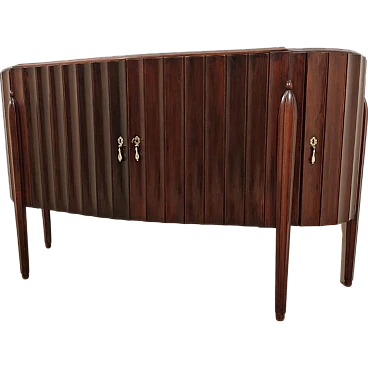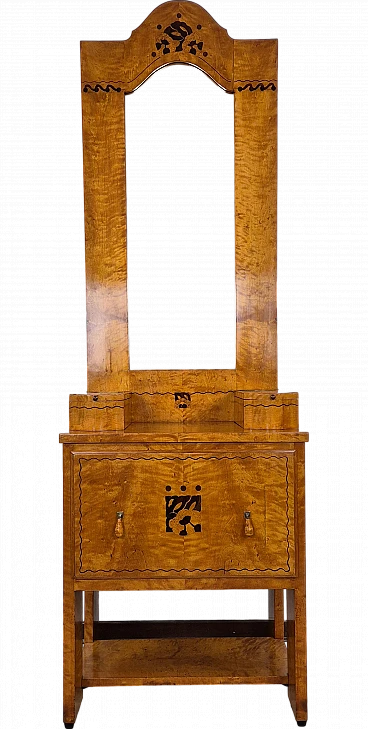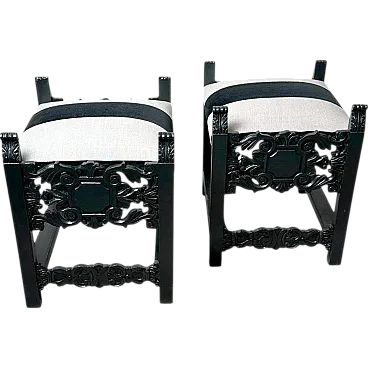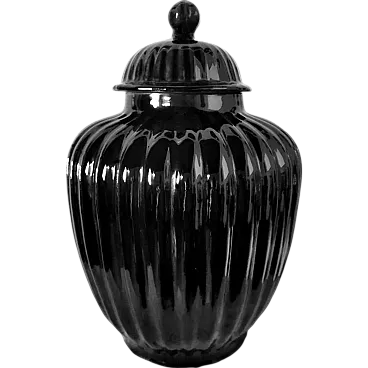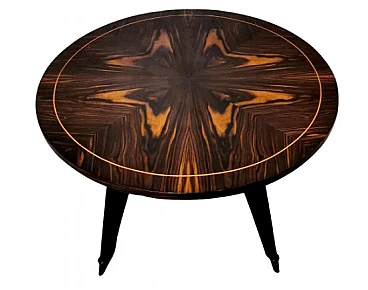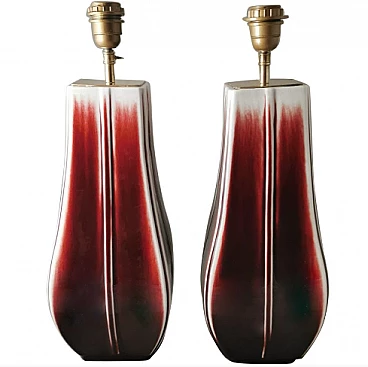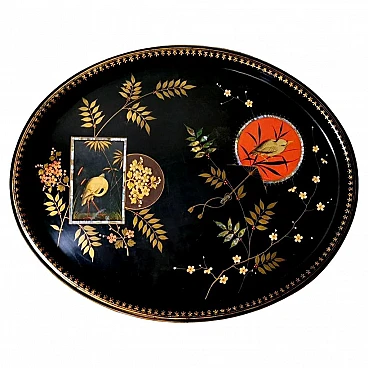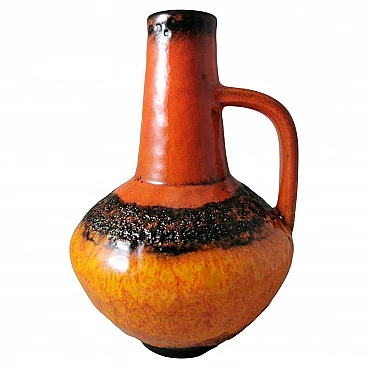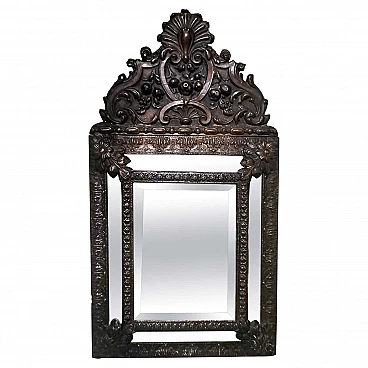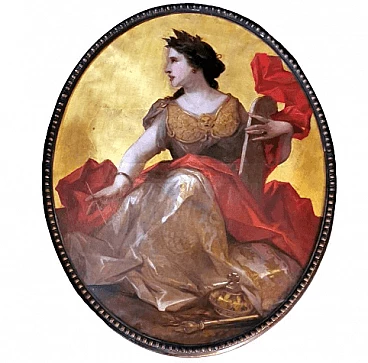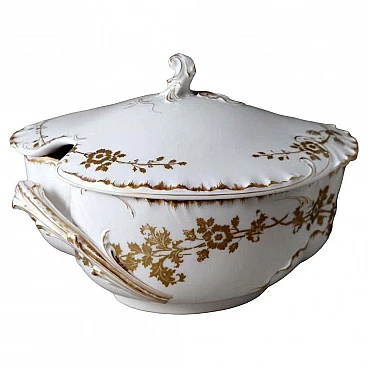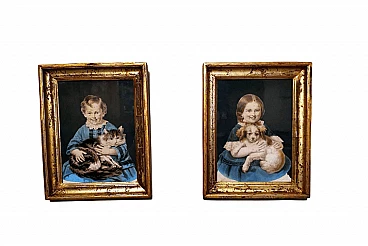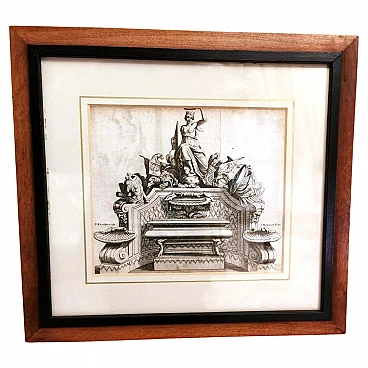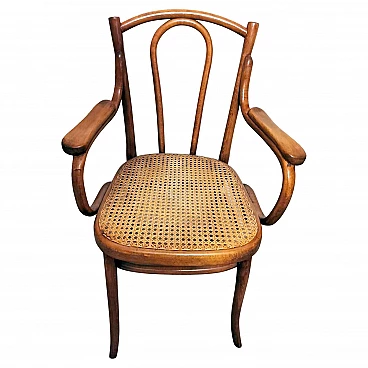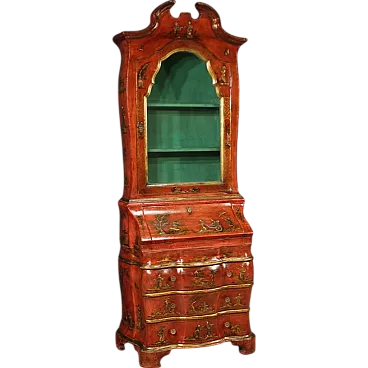Exceptional and rare French Louis Philippe walnut corner cabinet. The body of the cabinet has a sober and very elegant line. The two doors, fitted with a single key lock, are solid and curved. The inside, painted in a pleasant green colour, has been divided with a vertical partition into two halves: the one on the right has two convenient horizontal shelves, so that the space has been intelligently and optimally utilised; the left door at the bottom can be stopped at the central partition with a small hook. The upper shelf of the corner unit is made of Nero Marquinia marble, a high-quality, fine-grained stone material with a deep black colour, quarried from the region of Markina, Basque Country, in the north of Spain; it is one of the most famous and appreciated natural stones in the world. Marquinia marble is widely used for fine ornamental work. Our project is even more special because Marquinia marble has many more white veins than normal, a very rare case that is aesthetically pleasing and seductive. The furniture was made by true master craftsmen between 1870 and 1875 in a workshop in the small town of Pont-de-Beauvoisin, a French commune in the Isère department, nicknamed "the city of furniture" for its ancient tradition of woodworking. The Louis Philippe style, which developed in France in the mid-19th century, is characterised by solid forms and refined decoration and aims to enhance the practicality and functionality of furniture. The lines of the furniture are straight and sober and the shapes are softened with rounded corners and rounded elements. The most commonly used woods are dark woods such as mahogany, walnut and rosewood. An exceptional quality of European walnut has been used for the entire construction of the corner cabinet, a quality that is also enhanced by a unique and special craftsmanship, "lastronatura". The exact term is Italian, "lastronatura" is untranslatable into English, in fact, "lastronatura" is very different and older than wood veneer. "Lastronatura" is a craft technique that spread throughout Europe as early as the 16th century and remained unchanged until the mid-19th century before the Industrial Revolution, then resumed in the early 20th century for luxury furniture, especially in France and Italy. It consisted of cutting tree trunks of noble wood (walnut, mahogany, briar, feather, etc.) into many layers of varying thickness from 4 to 6 millimetres, which were then applied to the furniture for decorative purposes. The finishing of this process is very complex: the wood layer is treated with natural earths dissolved in water to the desired shade, it is antiqued with stone, fixed with shellac applied with a brush and finally polished in 12 passes with a cotton ball soaked in shellac, straw oil and pumice stone powder. "Lastronatura" is not to be confused with veneering, which is a more recent process; in fact, the wood layer is cut by machine and the thickness is less than 1 mm, while the "lastronatura", as already mentioned, is 4 to 6 mm. This technique has made it possible to enhance the colours and flaming of the walnut, giving our furniture a unique and exclusive elegance and refinement. The corner cabinet has been hand-treated using ancient restoration techniques by our team of craftsmen and is in excellent condition.
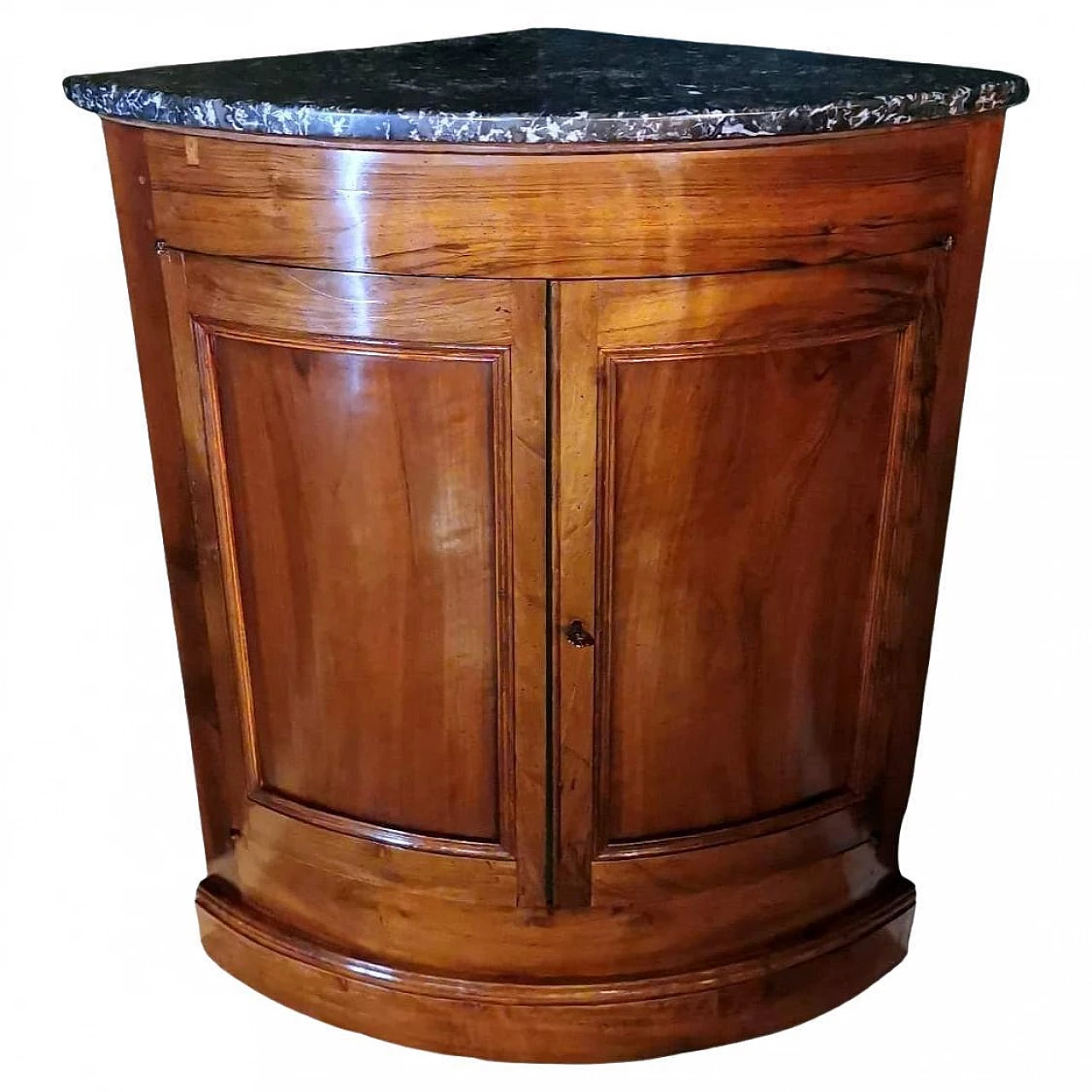
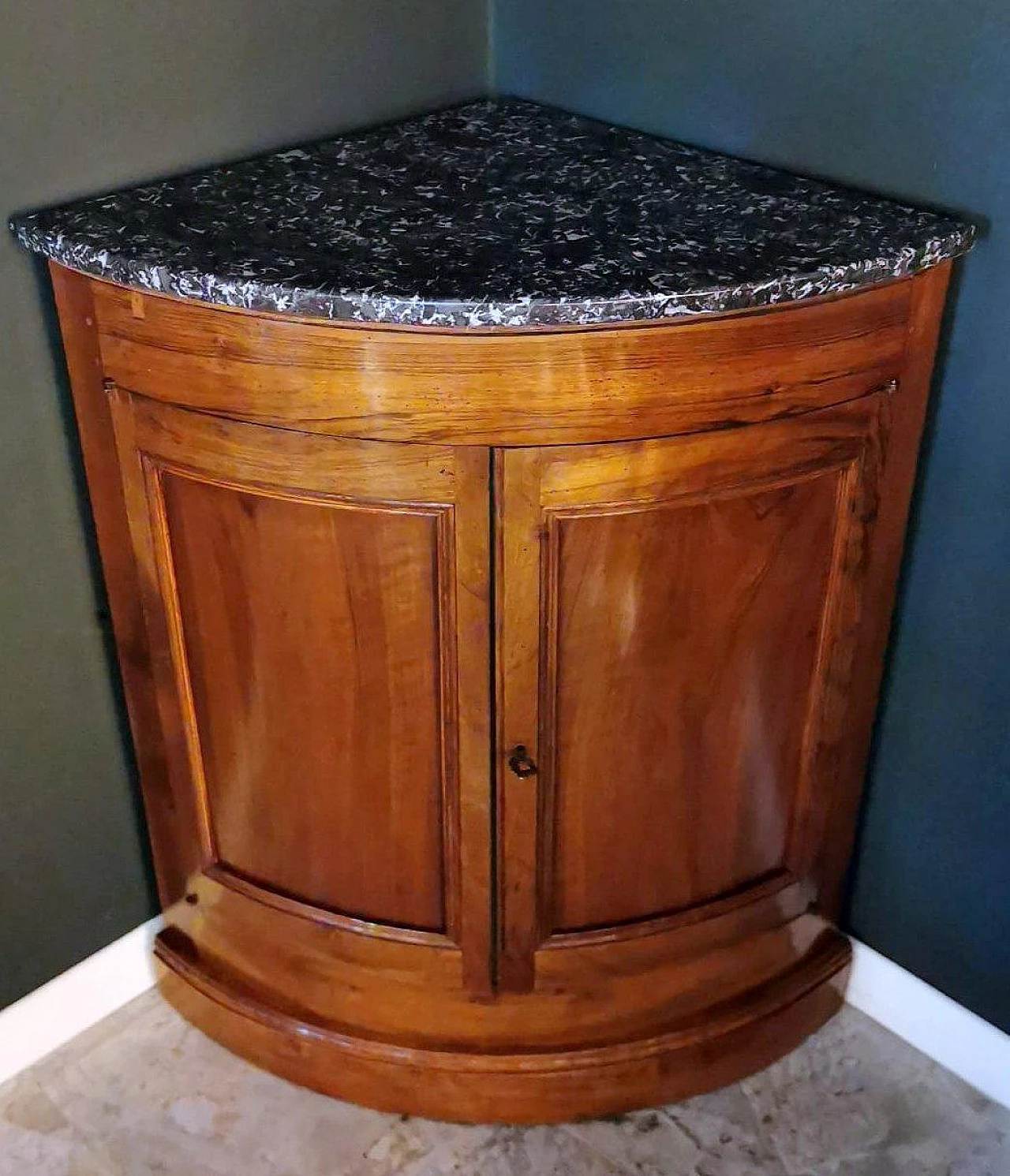
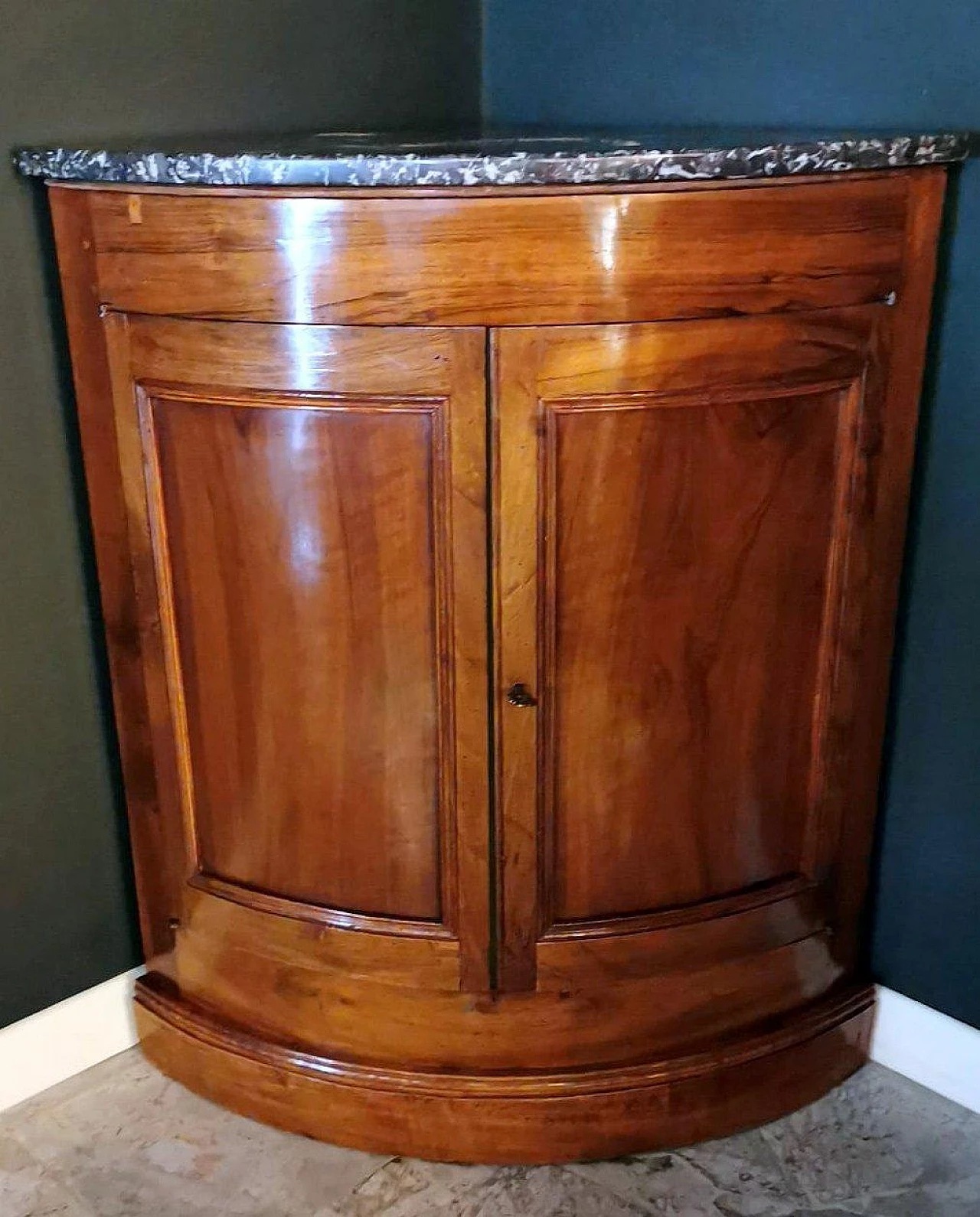
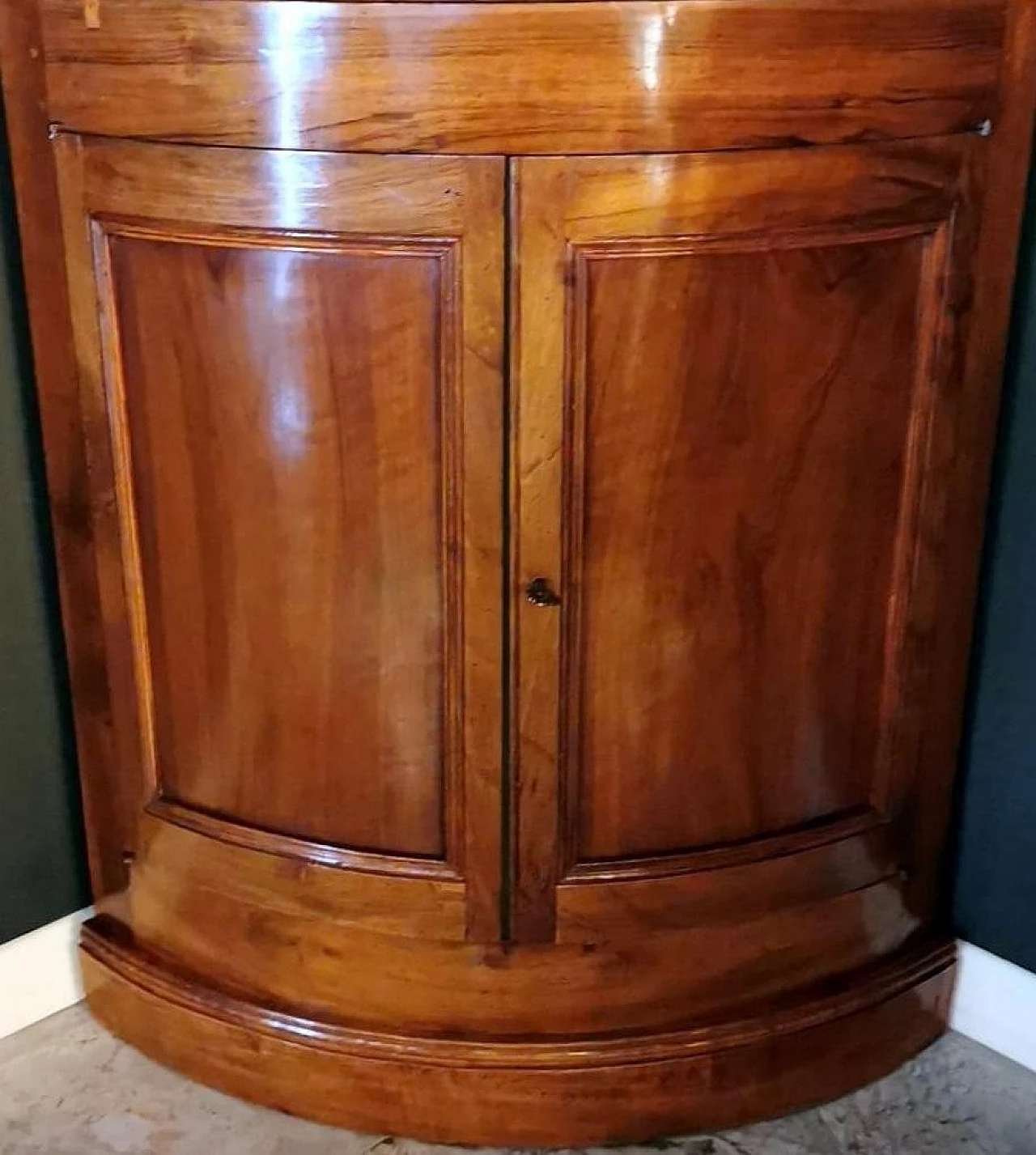
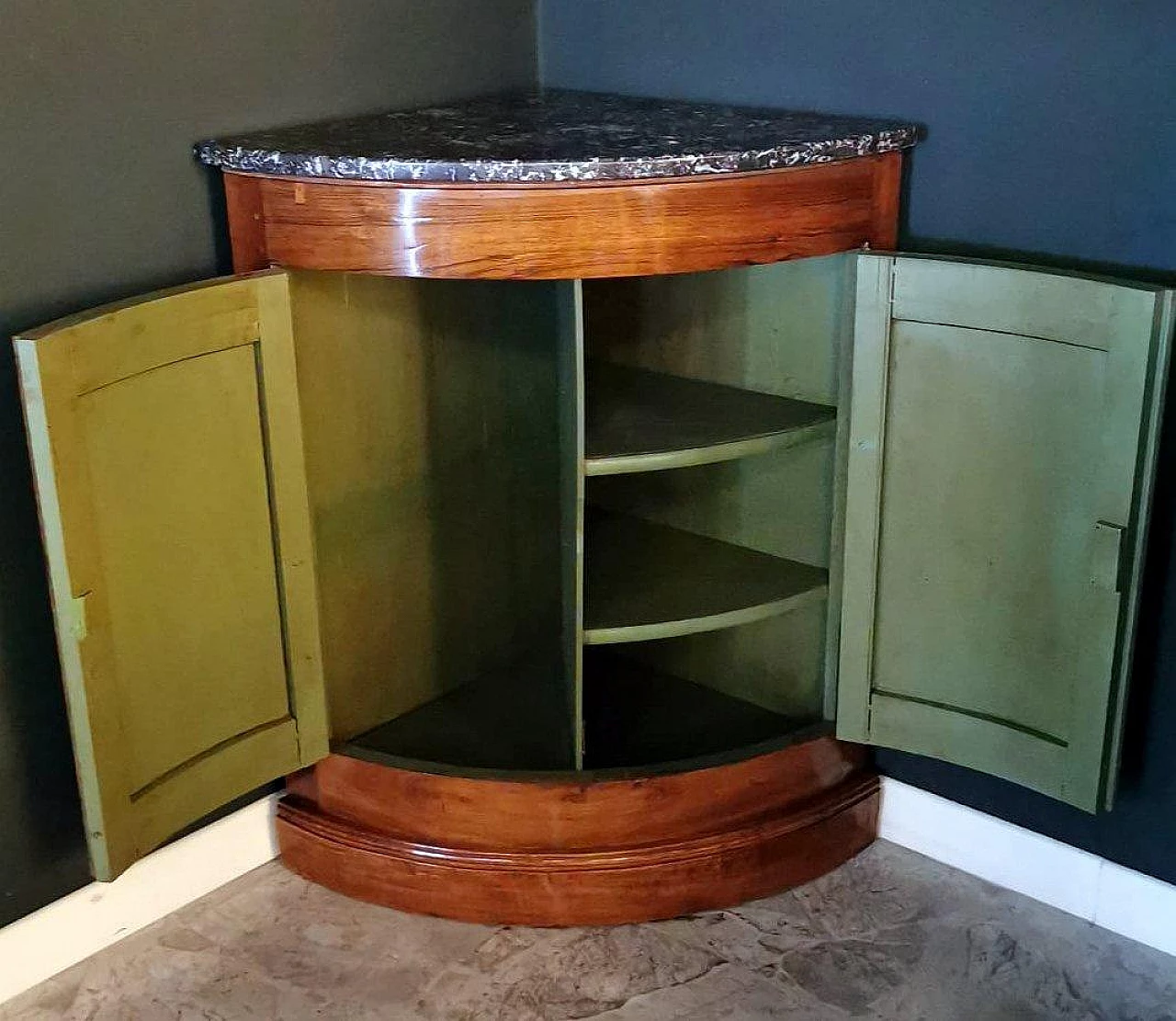
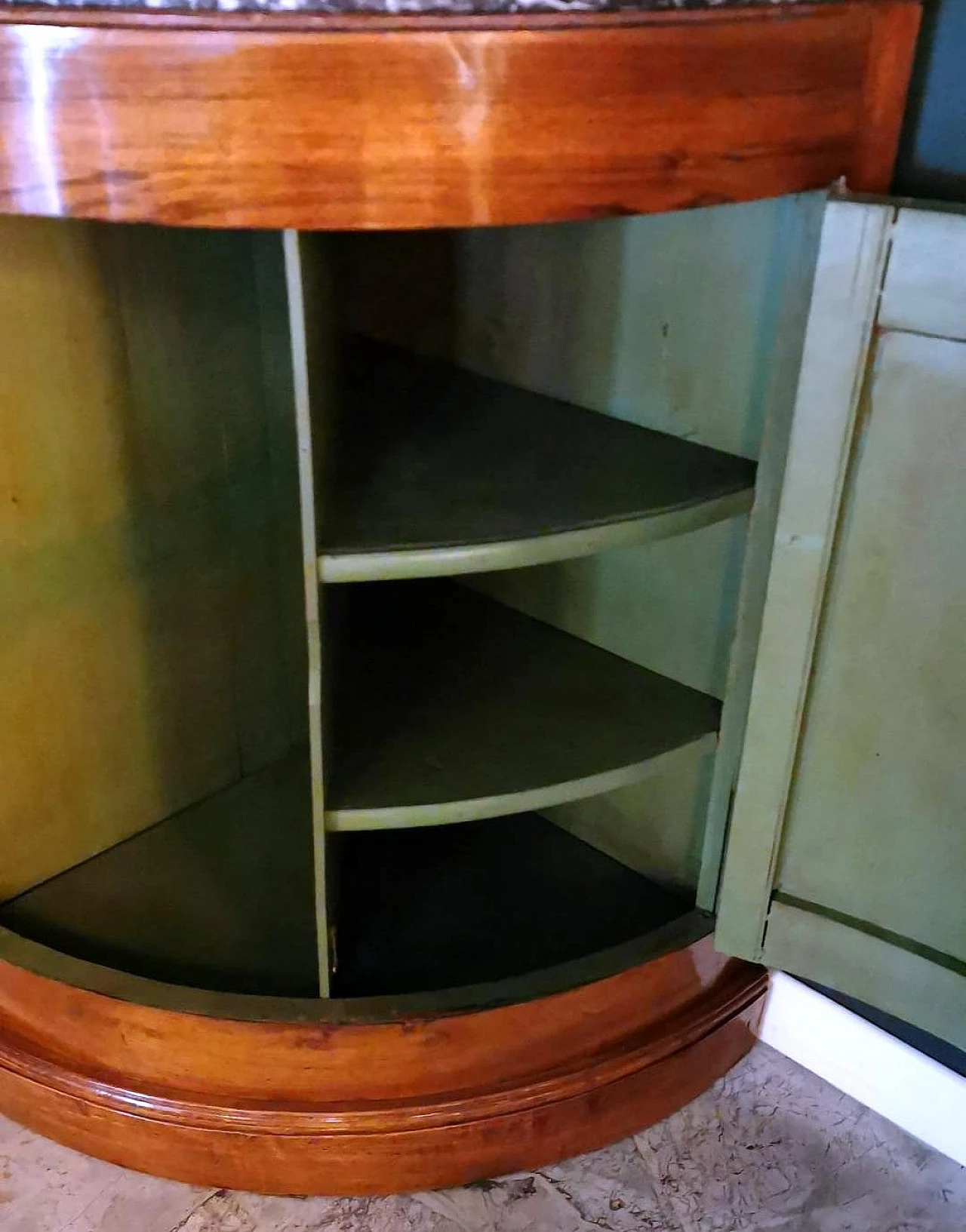
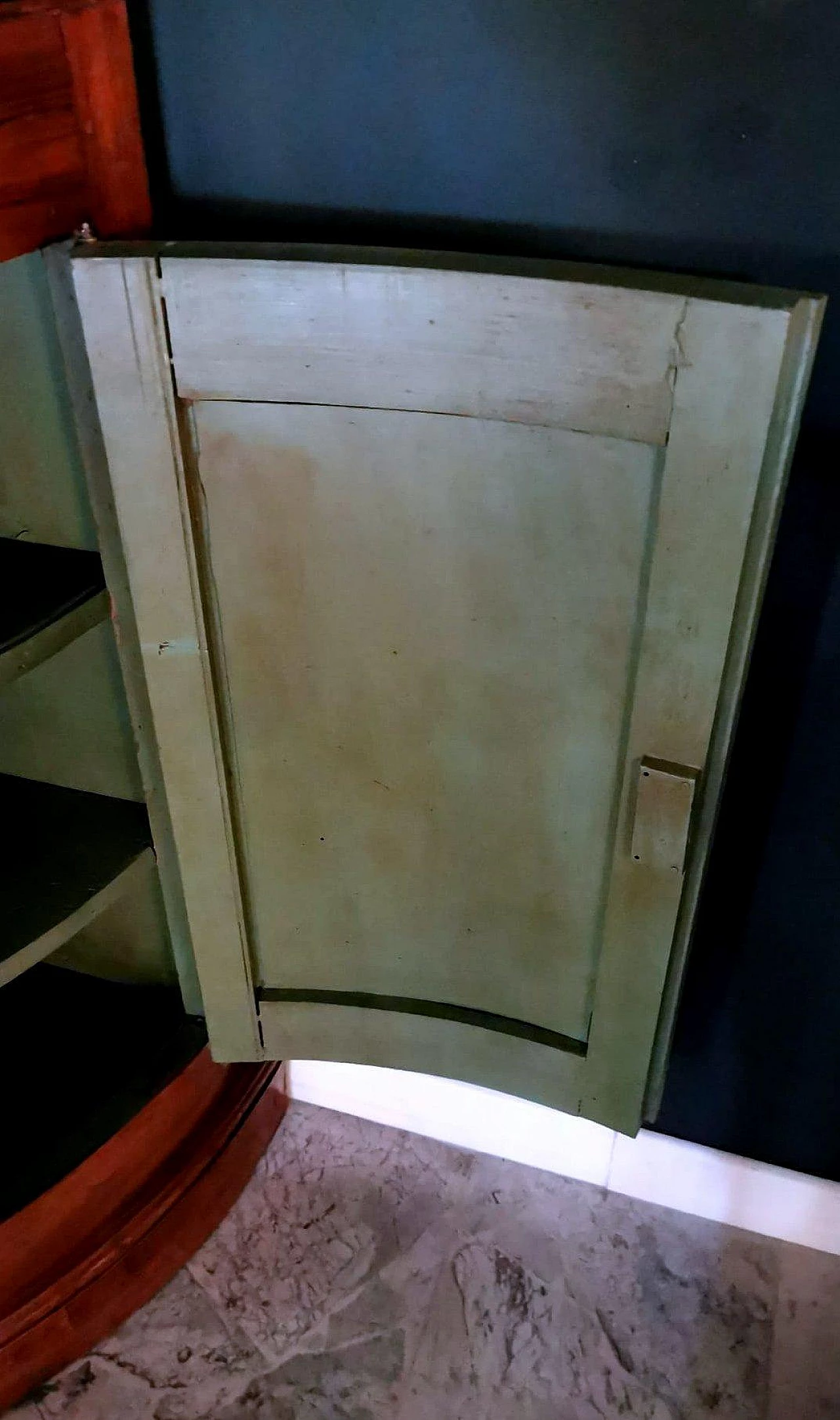
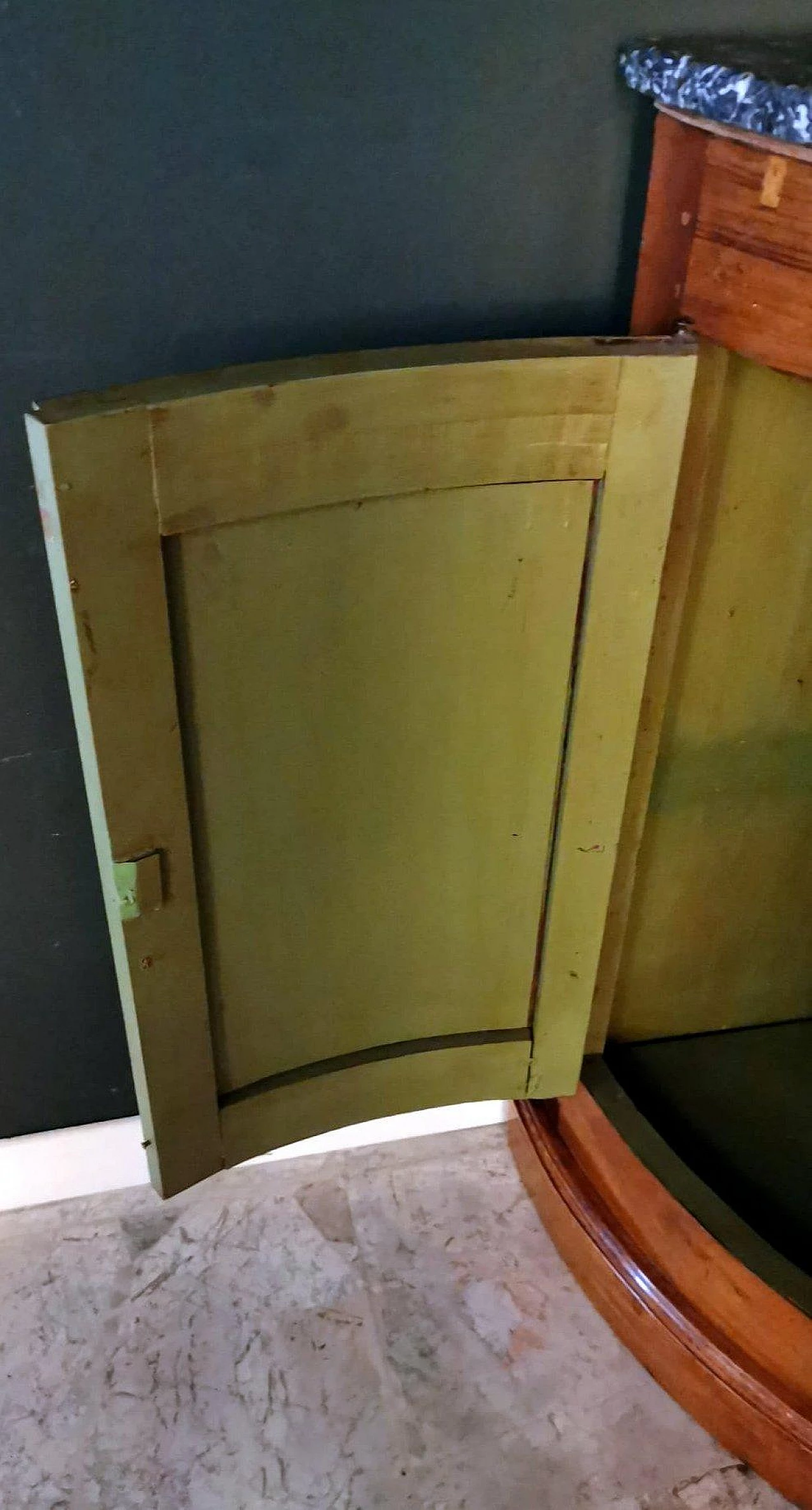
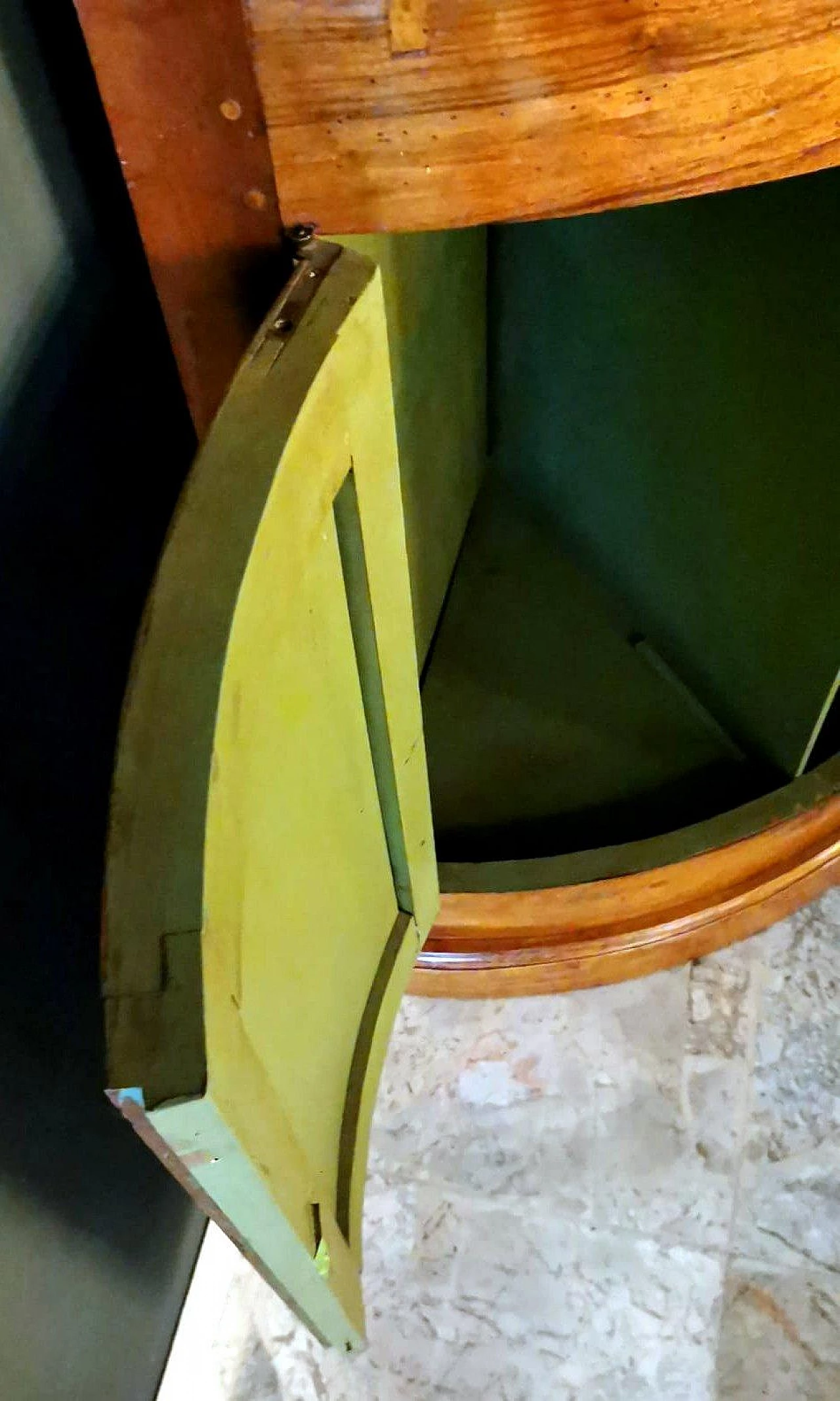
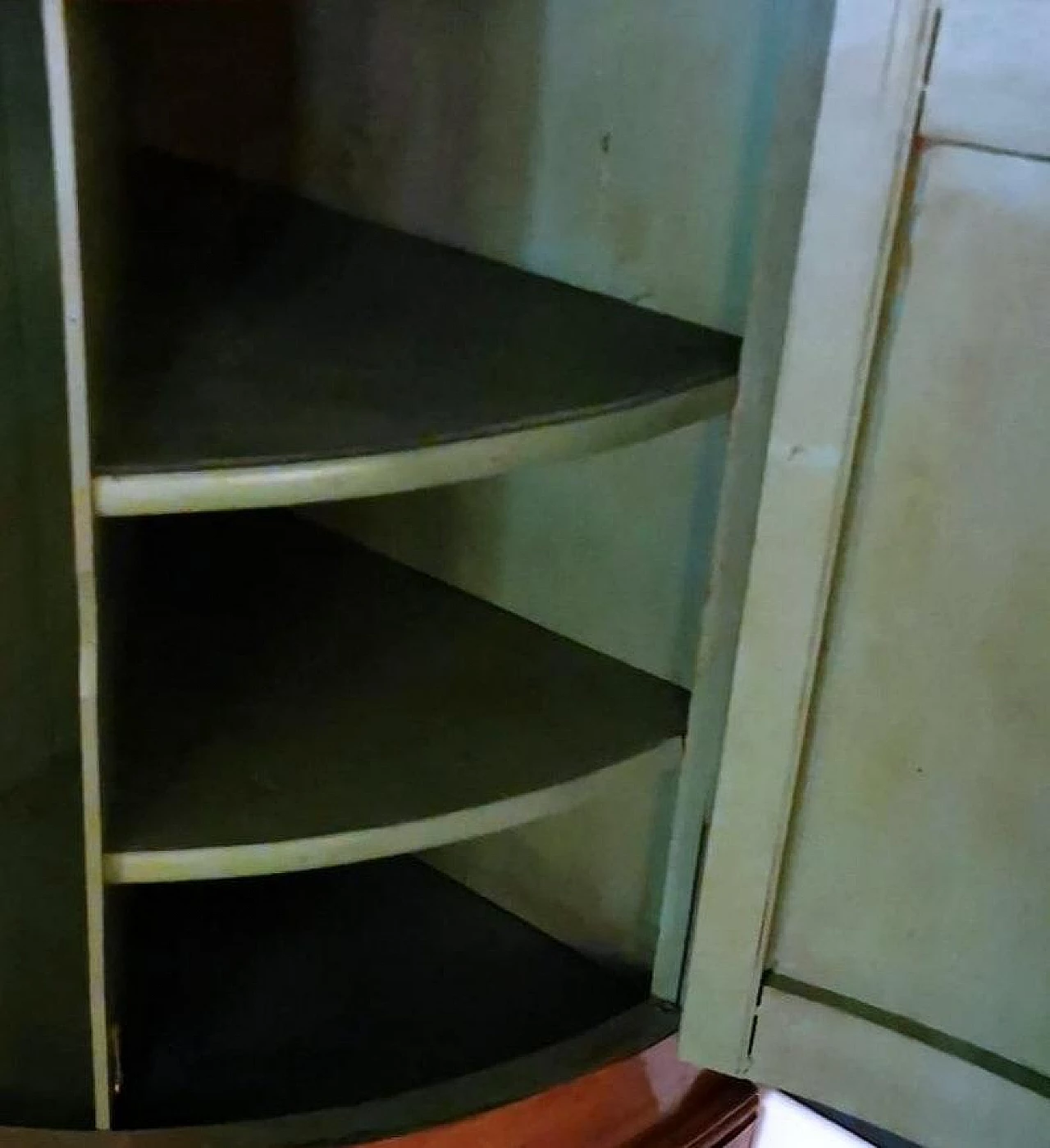
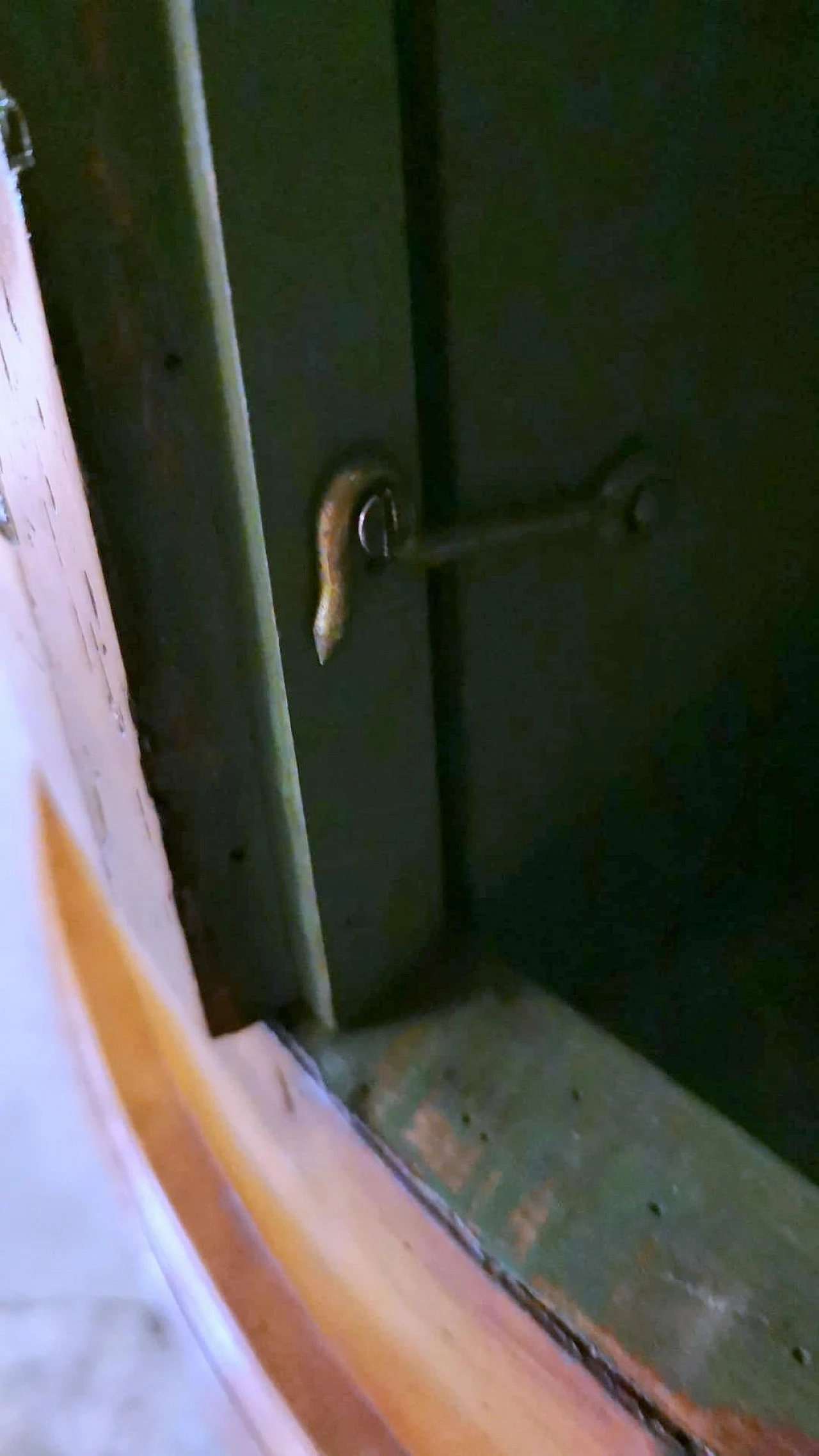
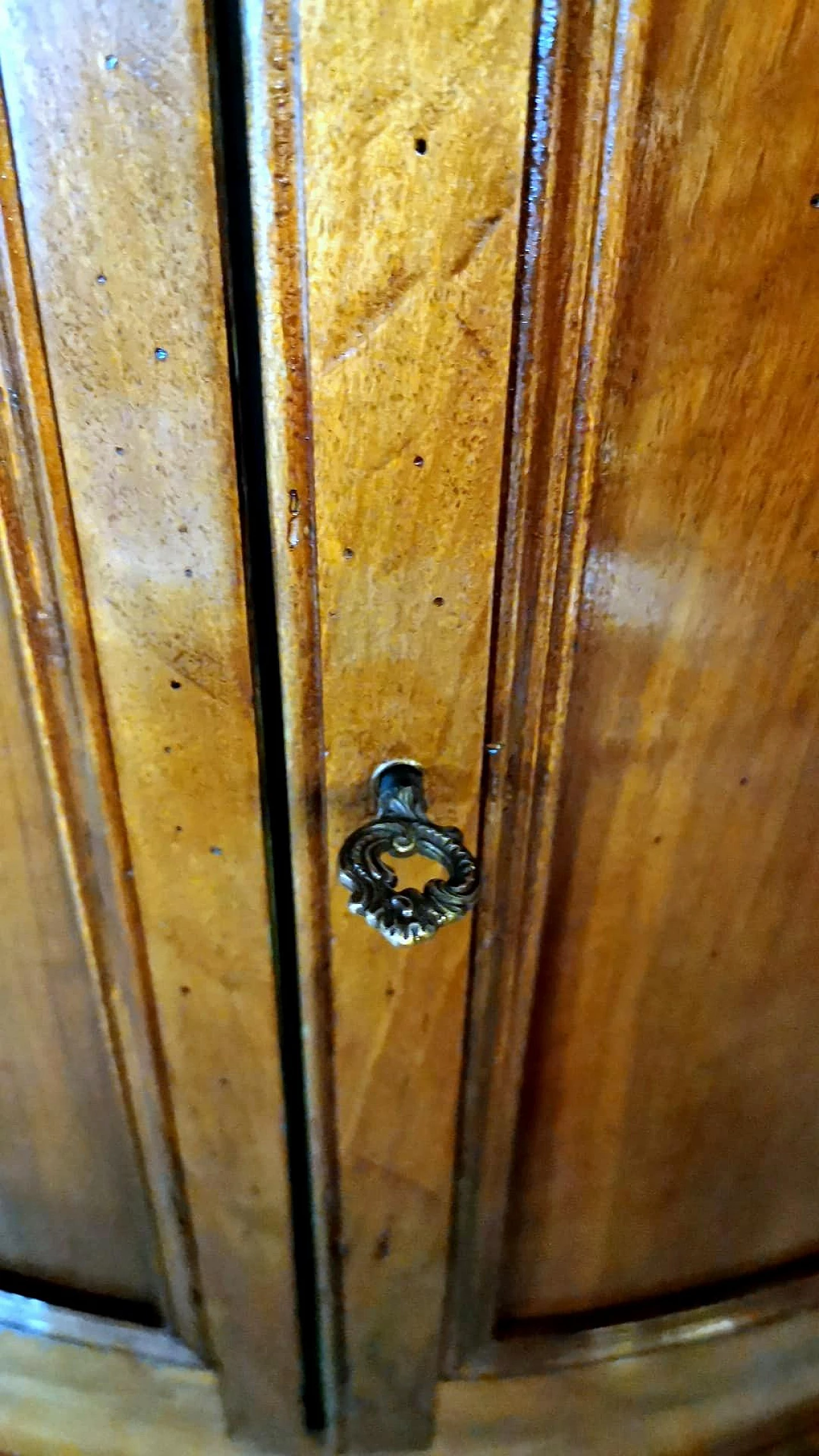
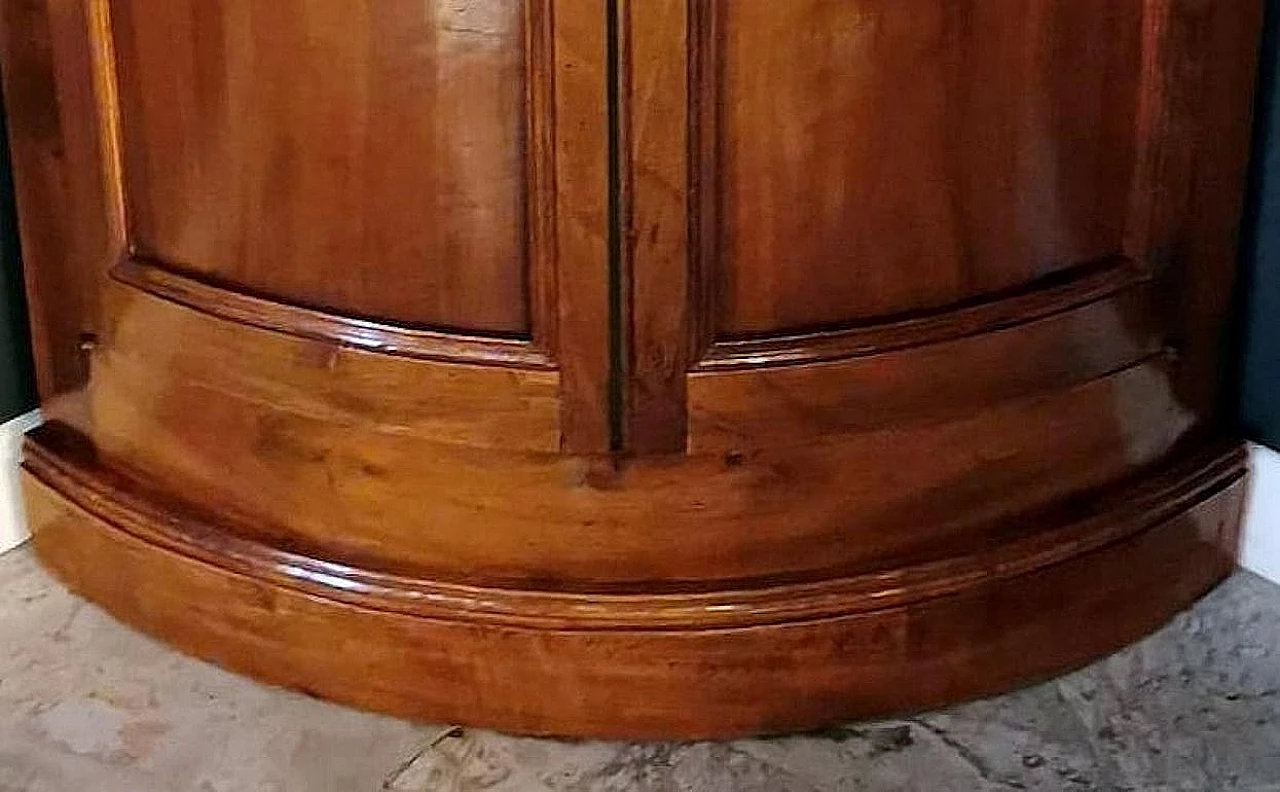
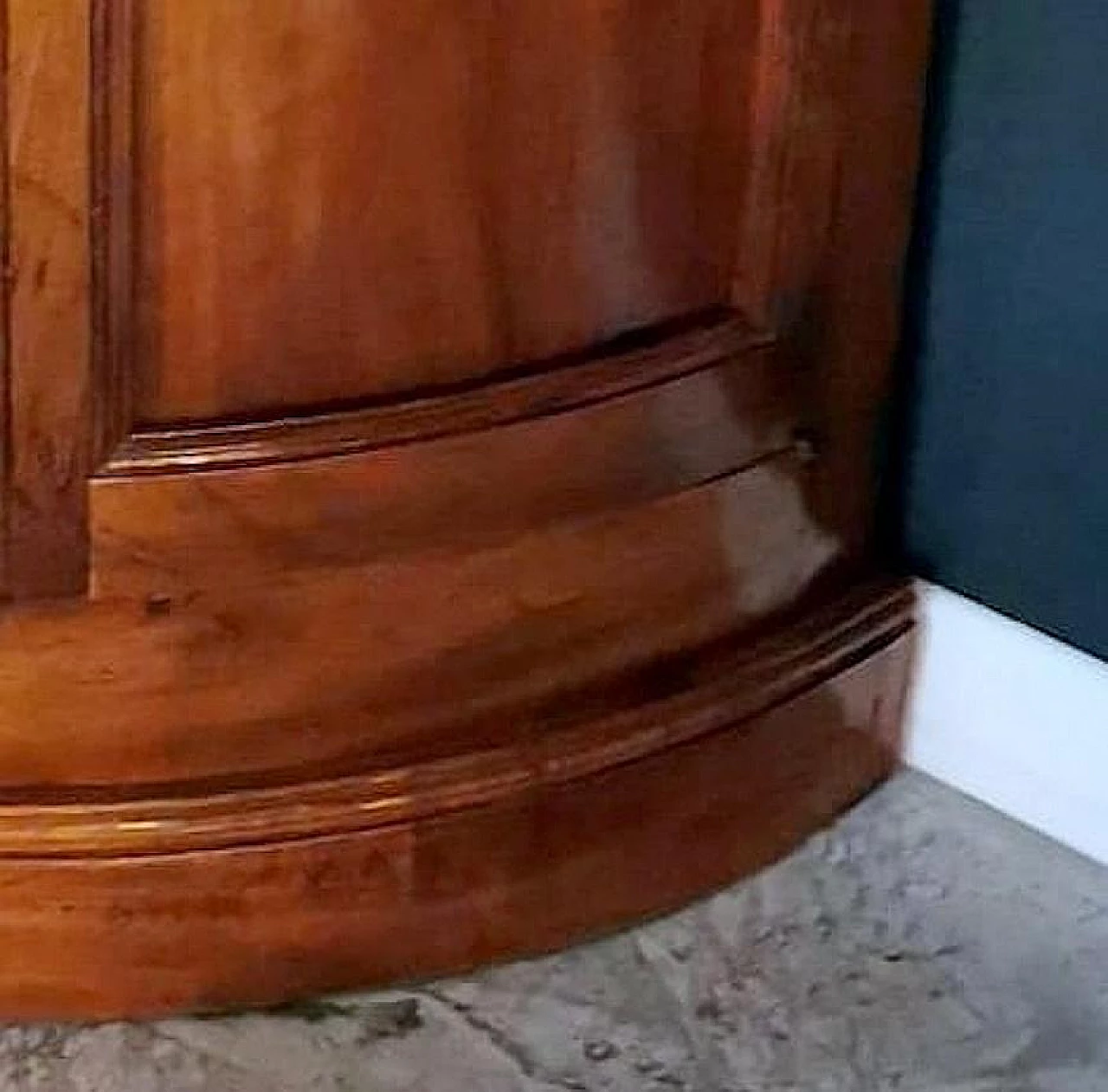
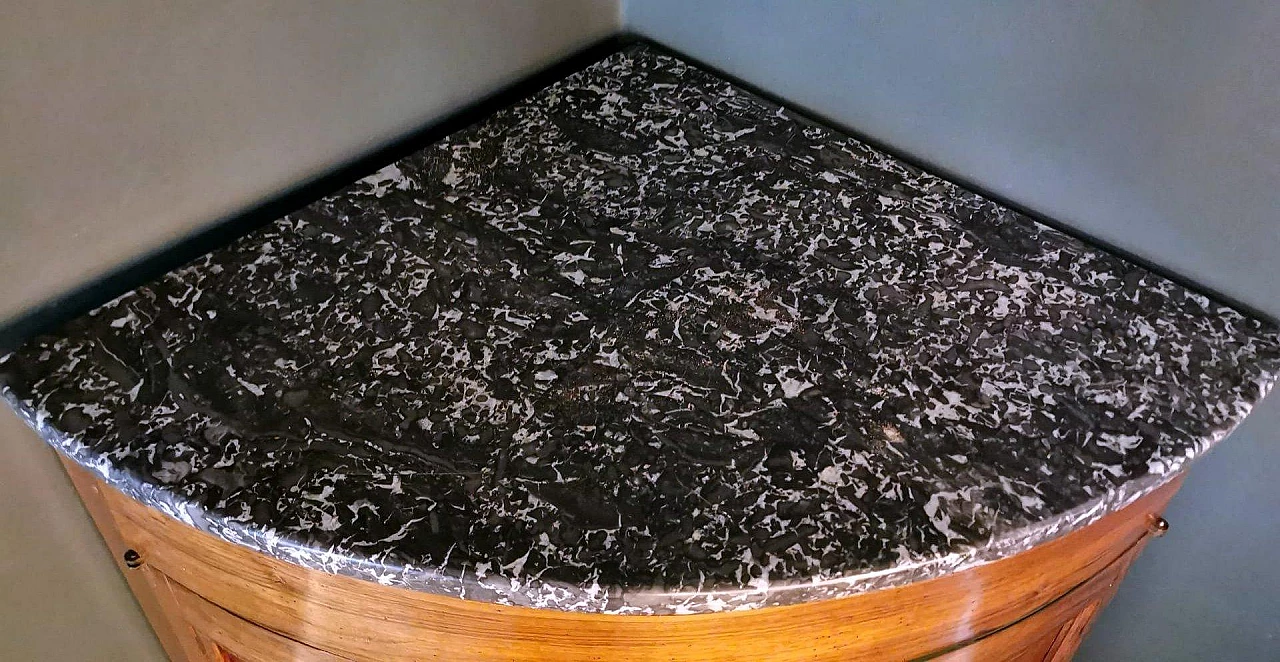
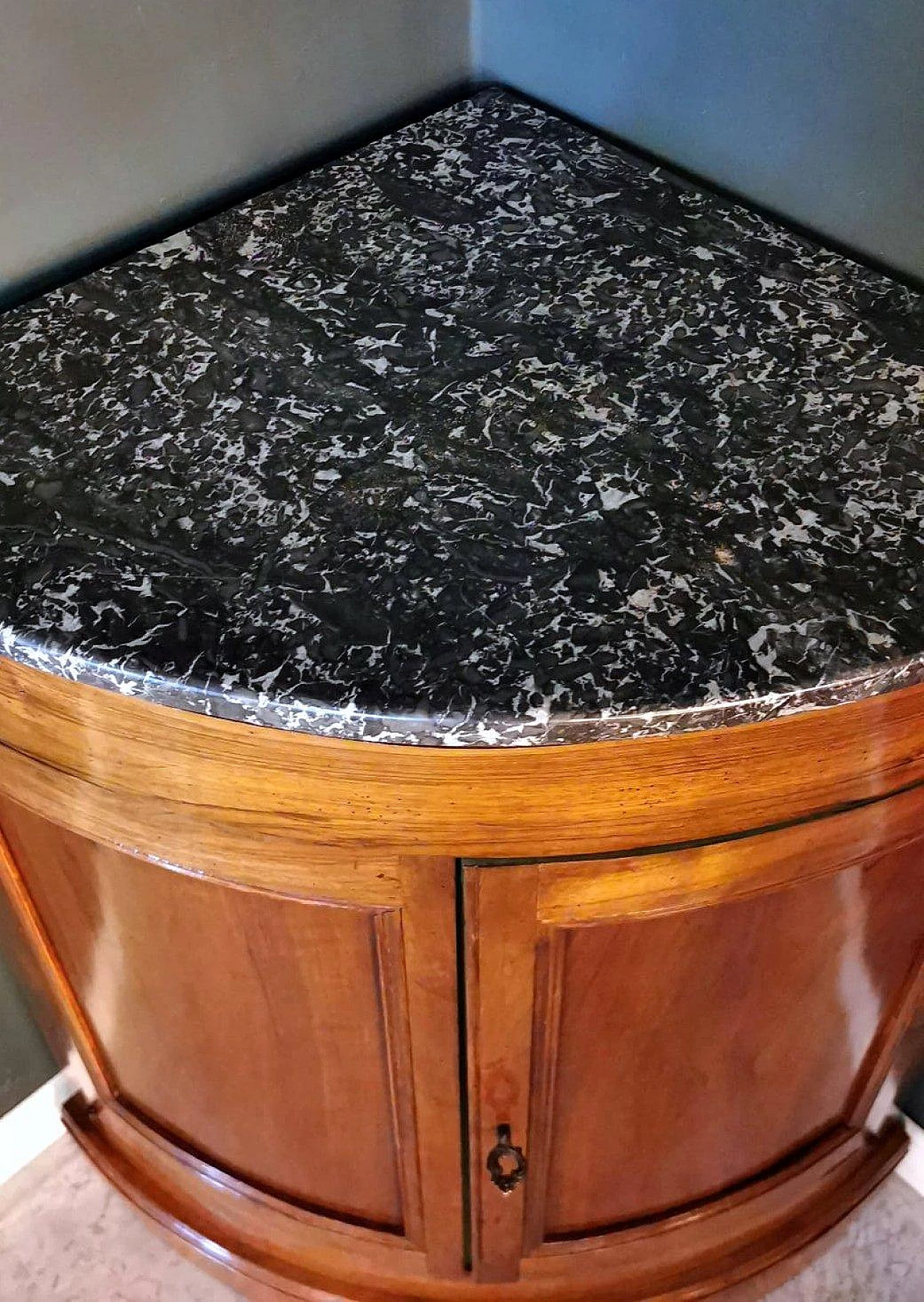
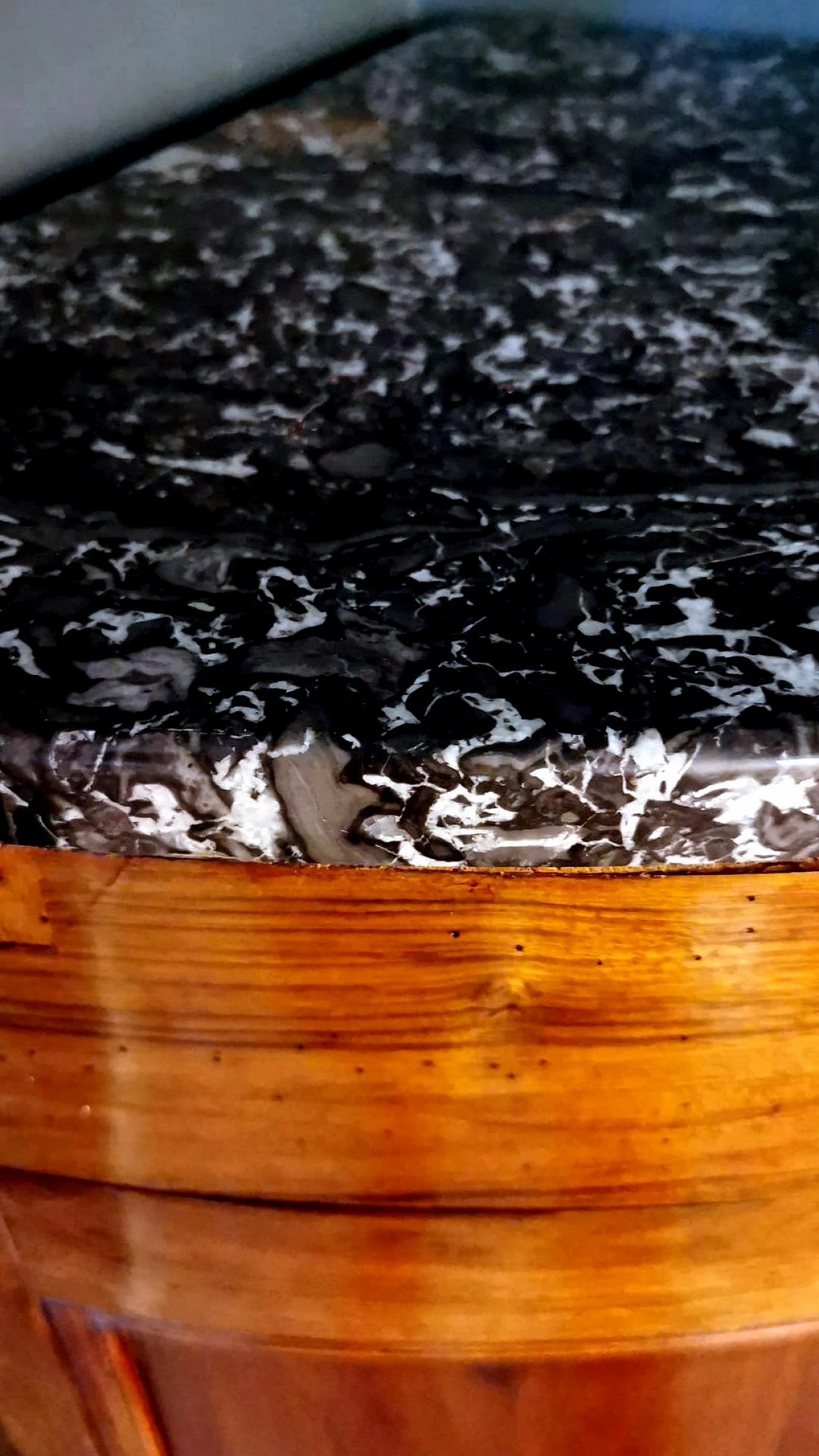
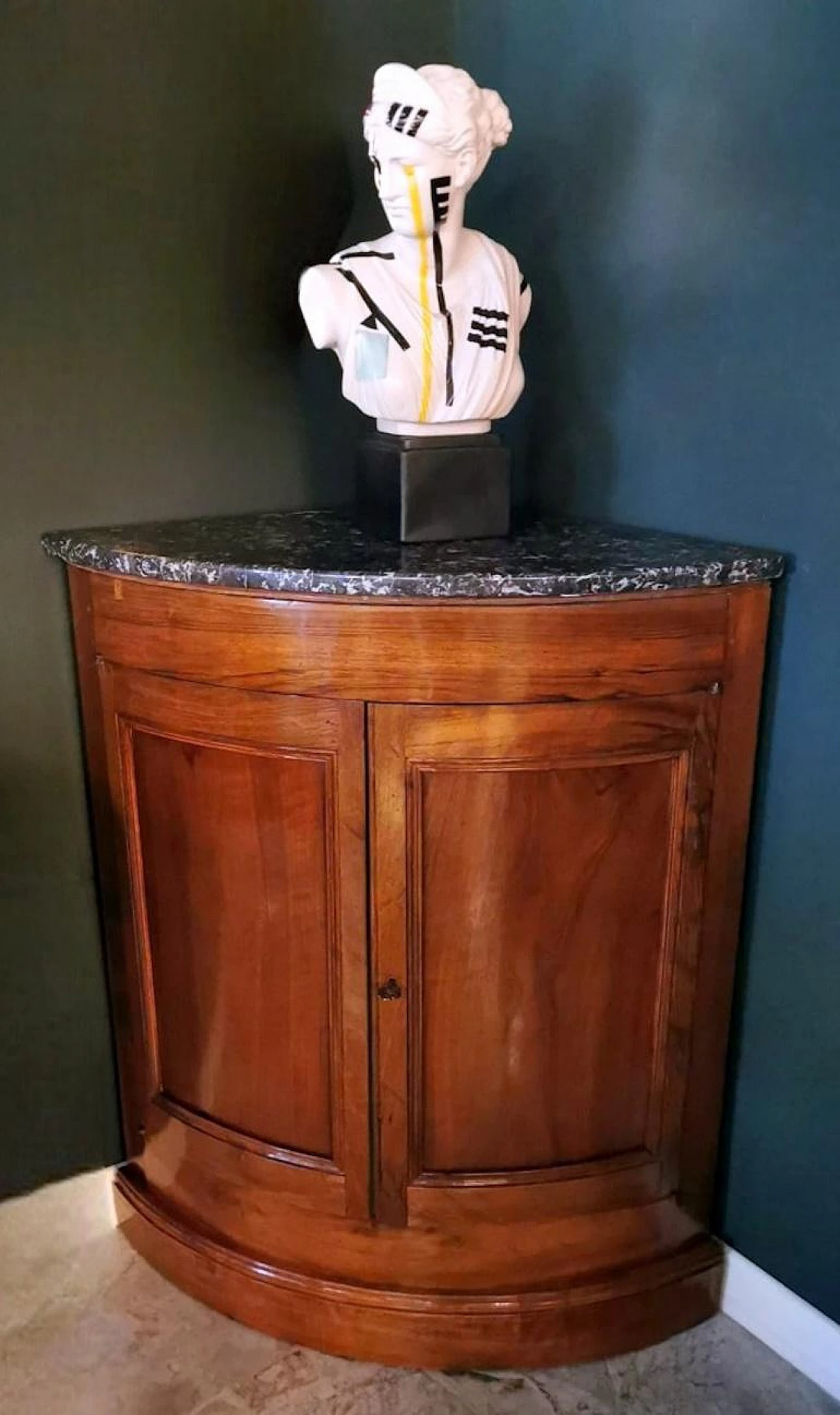
 SILVER Seller in Prato, Italy
SILVER Seller in Prato, Italy






.png)





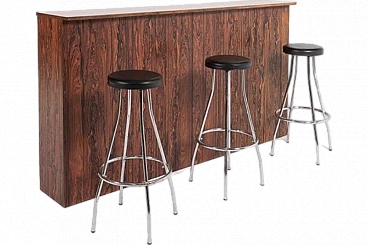
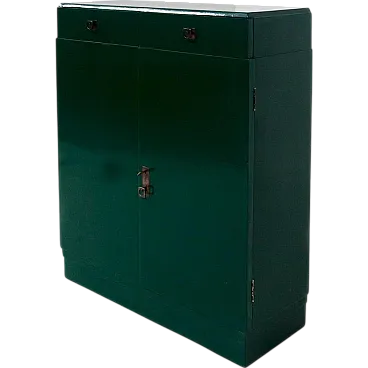
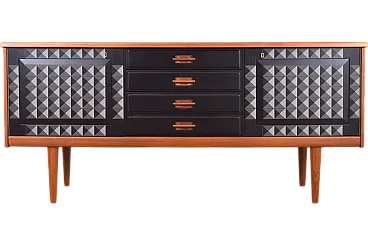
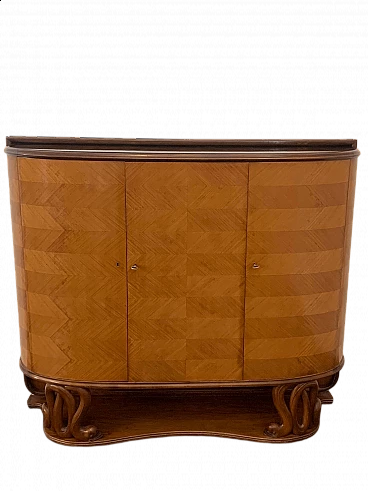
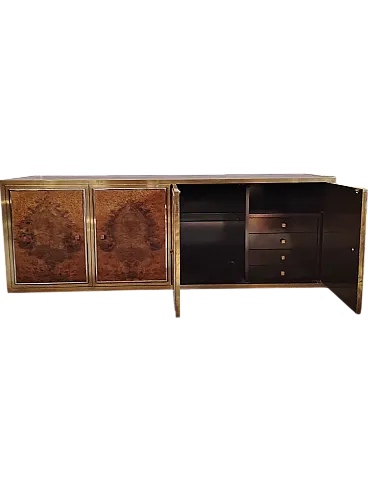
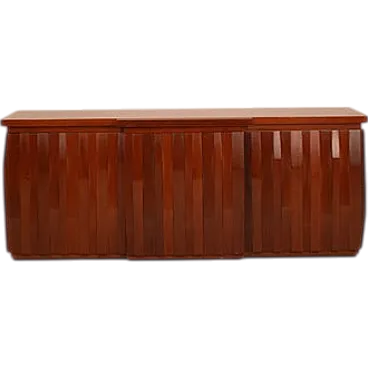

-Photoroom-thumb.webp)
